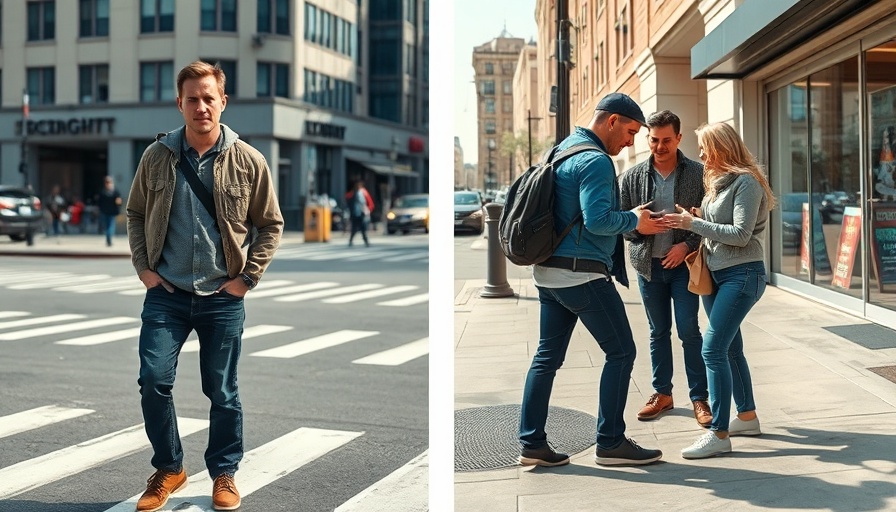
Confrontation on the Streets: NYPD Traffic Agent Attacked
The urban environment of New York City has been a veritable melting pot of issues ranging from traffic violations to public safety. Recently, a shocking incident unfolded at 99 7th Ave. South when a 56-year-old NYPD traffic agent was punched in the face by a driver infamous for accumulating 779 parking tickets over six years. The altercation underscores a growing frustration among law enforcement officials who are increasingly targeted in their duty to uphold city regulations.
Graffiti Vandals Target Tesla: Hate Crimes on the Rise?
In another unsettling incident, two individuals were witnessed spray painting a swastika on a Tesla Cyber Truck. This act, occurring on March 6 at the corner of Rivington Street, raises significant concerns about the uptick in hate crimes within the city. While some may dismiss these acts as mere vandalism, they are being treated seriously by the NYPD’s Hate Crime Task Force, reflecting a broader societal challenge in fighting intolerance. The suspects, described as males aged 30 to 40, blatantly concealed their identities with masks and gloves, indicative of premeditated criminal intentions.
Public Engagement: A Call to Action for Community Safety
In the wake of these incidents, New Yorkers are urged to be vigilant. Anyone with information regarding the assault on the NYPD agent or the vandalization of the Tesla is encouraged to contact the NYPD’s Crime Stoppers Hotline. Community involvement is crucial in combating crime and fostering a safer environment. As citizens, reporting such actions contributes to accountability and ultimately, community safety.
Understanding the Bigger Picture: Public Safety in Urban Areas
These incidents form part of a broader narrative concerning urban safety and community-responsibility. Discussions surrounding the effectiveness of law enforcement, civic engagement, and respect for public servants are paramount in navigating the complexities of city life. Addressing such issues through civic engagement and responsible actions can create a more harmonious living environment for all.
 Add Row
Add Row  Add Element
Add Element 



Write A Comment